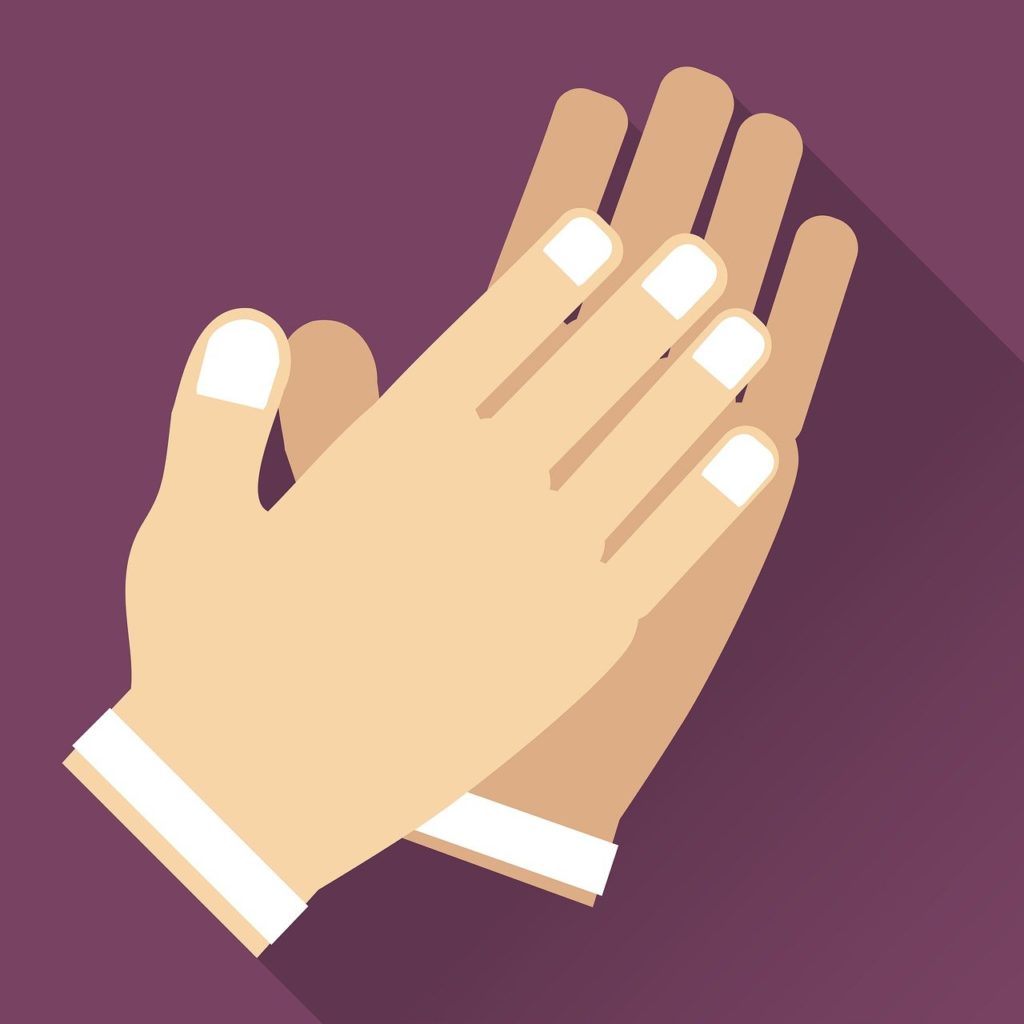Are you a teacher with neurodiverse students? Do you need suggestions for how to best teach them? Neurodivergent and neurodiverse are non-medical terms that refer to people with non-traditional ways of thinking and learning (e.g., ADHD, ASD, dyslexia, etc.). It attempts to give dignity to individuals by looking at the whole person and avoids looking at them as a problem that needs to be fixed. Having said that, neurodiverse students will often need special teaching methods to have success in music. Keep reading “How to Teach Music to Neurodivergent Students” to learn more. Estimated reading time 4 minutes.
Read More

